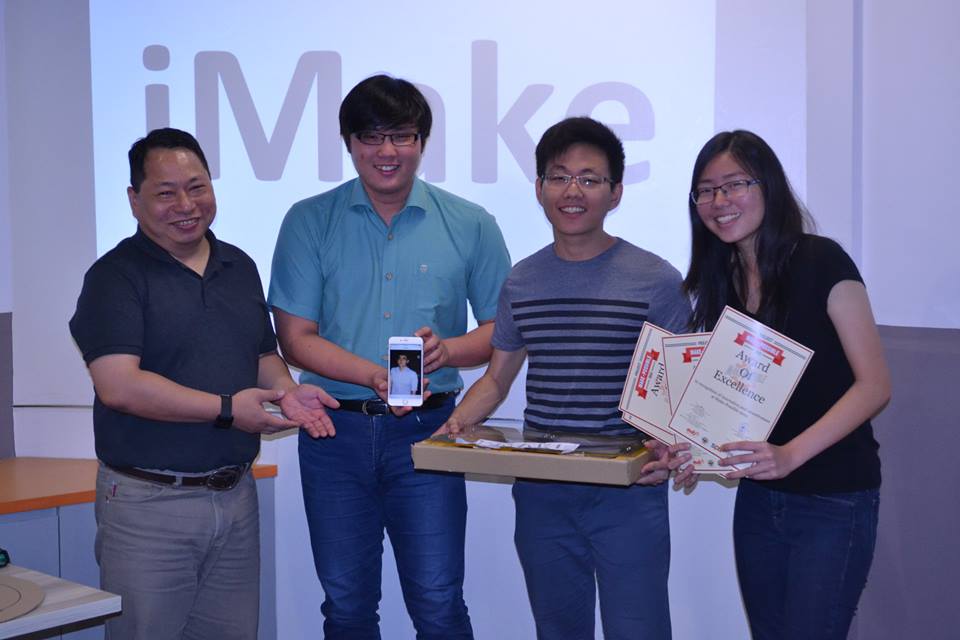At the start of this summer a few friends and I participated in a makerthon called Project Make-Possible, jointly organised by the student chapters of Institute of Engineers as well as Engineers Without Borders Asia. Project Make-Possible is an initiative to introduce and promote the spirit of humanitarian engineering amongst students in NUS. Over the course of a week, we were exposed to humanitarian efforts in engineering, as well as workshops teaching us the basics of engineering skills such as 3D printing and laser cutting. There was a site visit to SPD as well.
We were given three problem statements to choose from. Here is the one which we chose:
PWDs (persons with disabilities) find it hard to manage many different electronic devices (such as handphones, iPads, laptops) due to their limited mobility and lack of “holder” accessories to secure these devices for the wheelchair. There is no inter-device communication application that a PWD can use to access all his devices on a single platform.
After the workshop and the site visits, we were given time to brainstorm and come up with a solution for this problem. Our group’s idea was simple - if PWDs find it hard to manage their electronic devices on the existing tray attached to their wheelchair, we will redesign it to be more user-friendly.
Our solution

To that end, our design consists of a double-deck device holder, where the laptop will be kept below the transparent cover, and mobile devices can be strapped to the bottom of the cover. The upside of doing this is that touch-enabled devices can still be used and it prevents theft as everything is now kept underneath the cover.
Additionally, the device will be motorized, utilizing bluetooth connection to be controlled by an app we created on the Android platform. There are three other functions which the app is capable of - automatically swinging headphones when the user receives a call, flagging down a vehicle, as well as buzzing to get attention. This user control module (aka handphone) will be separately mounted on the armrest of the wheelchair.
You can see the end product in action below.
Judging
In the end, we were chosen by the judges and came first in our problem statement. The prize is of course funding to continue the project and to come up with a working prototype, so it’s not the end just yet! A big shout out to all the organizers of this event! It was really fun and I learnt a lot along the way.
